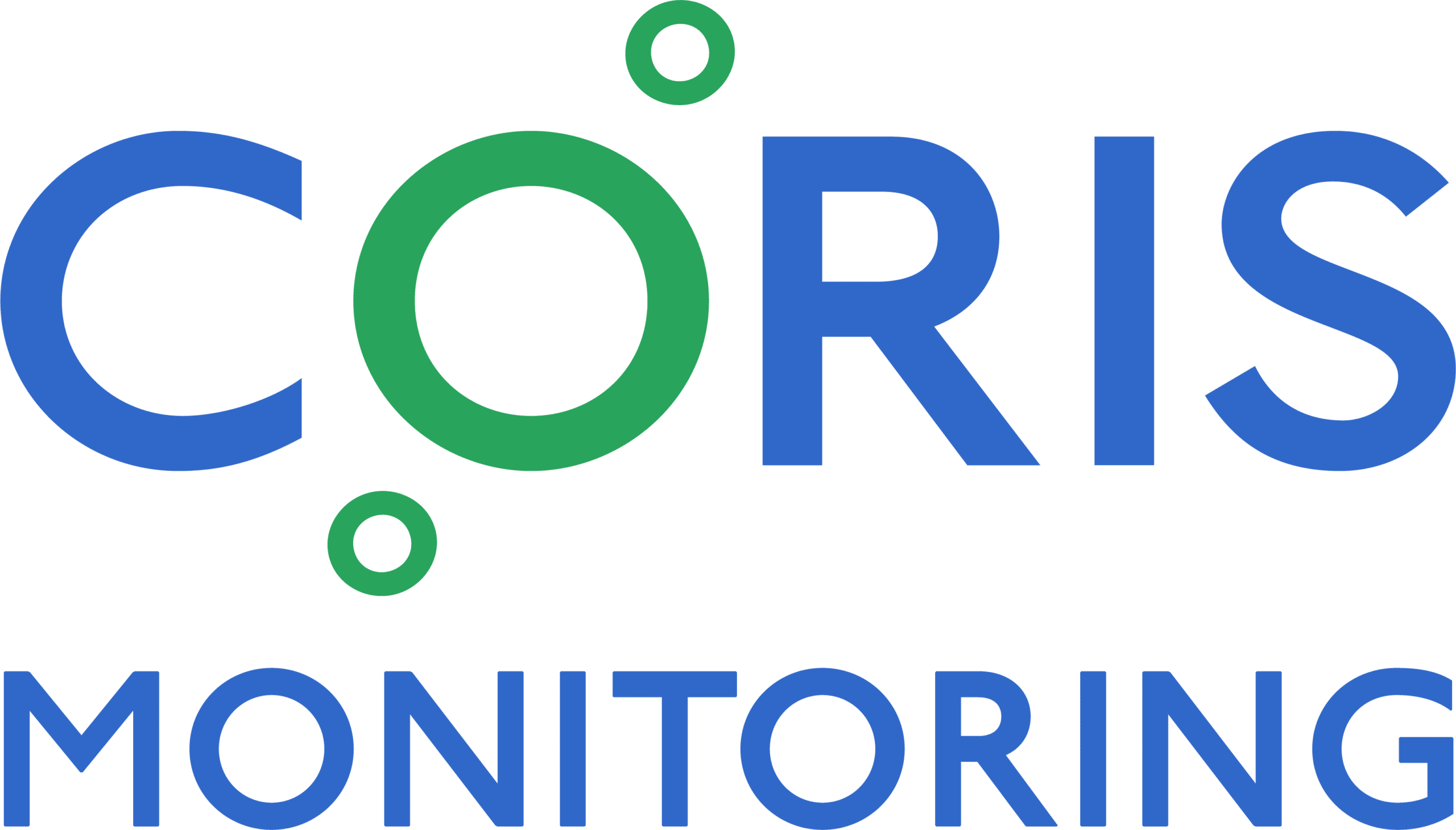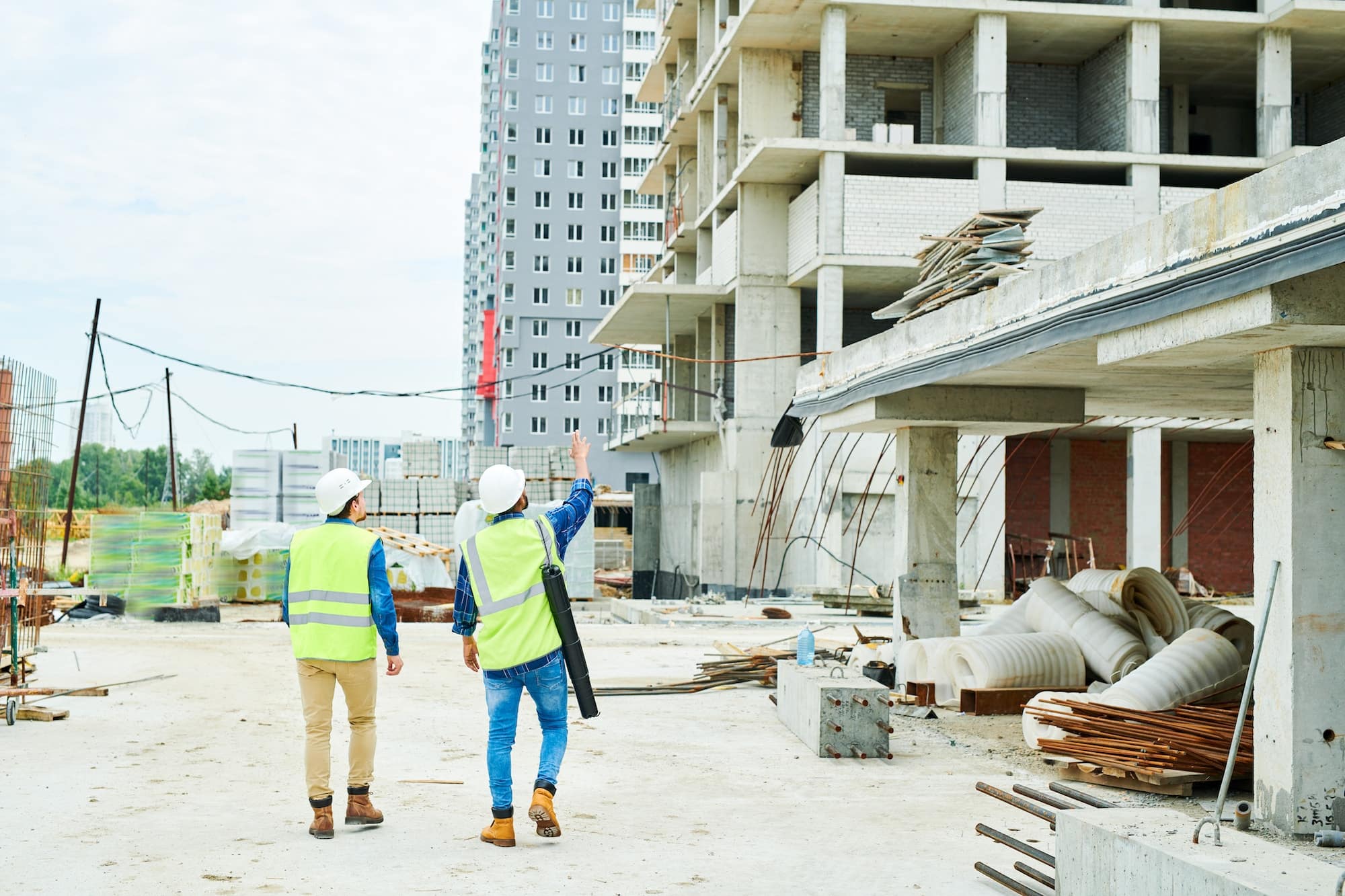When purchasing expensive lab equipment, there’s a tendency to be “penny wise, pound foolish” by purchasing the piece of equipment with the lowest upfront cost.
One of the scenarios where we often see this approach play out is lab freezers. In an effort to reduce budget strains, labs will often make their selection based on the lowest lab freezer price. But with a typical cost of $10,000+ and a useful life of 15+ years, freezers are a long-term investment for your lab — and with that in mind, total cost of ownership should be evaluated in the buying decision.
Going Beyond the Lab Freezer Purchase Price
From a total cost of ownership perspective, there are several costs to consider alongside the initial price tag of a lab freezer.
Projected Electrical Costs
Many -80℃ ULT freezers require a 208V outlet, and will use 6 to 12 KW when the compressor is on. If your facility charges you for electrical costs, you are probably paying more than $0.30 per KWH internally, which is even higher than standard utility costs. With higher internal electricity costs, a lab freezer that uses 30% less electricity can provide considerable savings over its expected 15-year lifespan. These savings make an easy justification for investing in a more energy-efficient freezer, even if it comes with a higher purchase price.
Projected HVAC Costs
Because of the heat generated by a compressor, each additional freezer in a lab can increase the A/C load to keep the room at a reasonable working temperature. Something to note is that your lab may already be at the capacity limit of your A/C unit. Adding another heat-generating freezer may either make the lab uncomfortably warm or may require an A/C unit upgrade — usually costing tens of thousands of dollars while taking many months to implement.
Compressor Noise
When running, some compressors can be quite loud. And if these compressors are located close to the lab bench or desk area, they can be a real source of irritation while you’re working in the lab. While it’s difficult to put an exact cost on this nuisance, high levels of background noise can affect the concentration and productivity of lab personnel as well as lead to heightened levels of stress. To this end, quality of life inside the lab environment should be a consideration in the costs associated with a lab freezer investment.
Storage Capacity
Different models of laboratory freezers have different storage dimensions. While overall cubic capacity is important, you should determine rack configurations and the total number of sample boxes that the freezer can hold. Further, you’ll want to think about whether the new lab freezer would require alternate sample box sizes, as this would affect your lab operations and would require the management and storage of two styles of boxes in your inventory.
Frequency of Sample Movement
If you are frequently adding or removing samples from your lab freezer, you may want to consider a model that has a faster recovery time. To accomplish this, freezers can either use a compressor that’s larger than normal or use two compressors that both turn on to more rapidly bring down the temperature inside the freezer. If you plan on using laboratory freezers for long-term storage with a low door-opening frequency, fast recovery time is less of a concern.
(Note: Another option is to use chest freezers instead of upright freezers. Since cold air is heavier than warm air, upright freezers lose more cold air when open than chest freezers.)
The Value of a Strategic Approach to Purchasing Lab Freezers
Institutions with larger “freezer farms” — where there are dozens or hundreds of freezers in one large room or facility — the impact of reductions in electrical usage, compressor noise and HVAC loads is multiplied. And so, buying quiet, energy-efficient lab freezers makes great sense.
In laboratories with a handful of freezers, these considerations may not be as stark but their importance is growing. Many of today’s institutions are now encouraging labs to purchase more energy-efficient freezers to support sustainability efforts as well as reduce facility costs. Meanwhile, with the incentive to create the best working conditions for lab personnel, compressor noise reduction supports a healthier work environment that helps staff stay focused and productive.
Explore the Partnership Between CORIS + SO-LOW
Since 1959, So-Low has manufactured a wide variety of cold storage freezers and refrigerators, providing dependable, efficient solutions to customers. Seeing our own efforts reflected in theirs, we’ve partnered with So-Low to enable CORIS 24/7 remote temperature and electric current monitoring to be integrated directly into their freezers and refrigerators during manufacturing. So when lab professionals receive their new freezer or refrigerator, they’ll already have the technology in place to safeguard samples and specimens — whether they are inside or outside of the laboratory.
Download our sales sheet to learn more about how these two systems work hand-in-hand to help you get the most out of your lab freezer investment.





